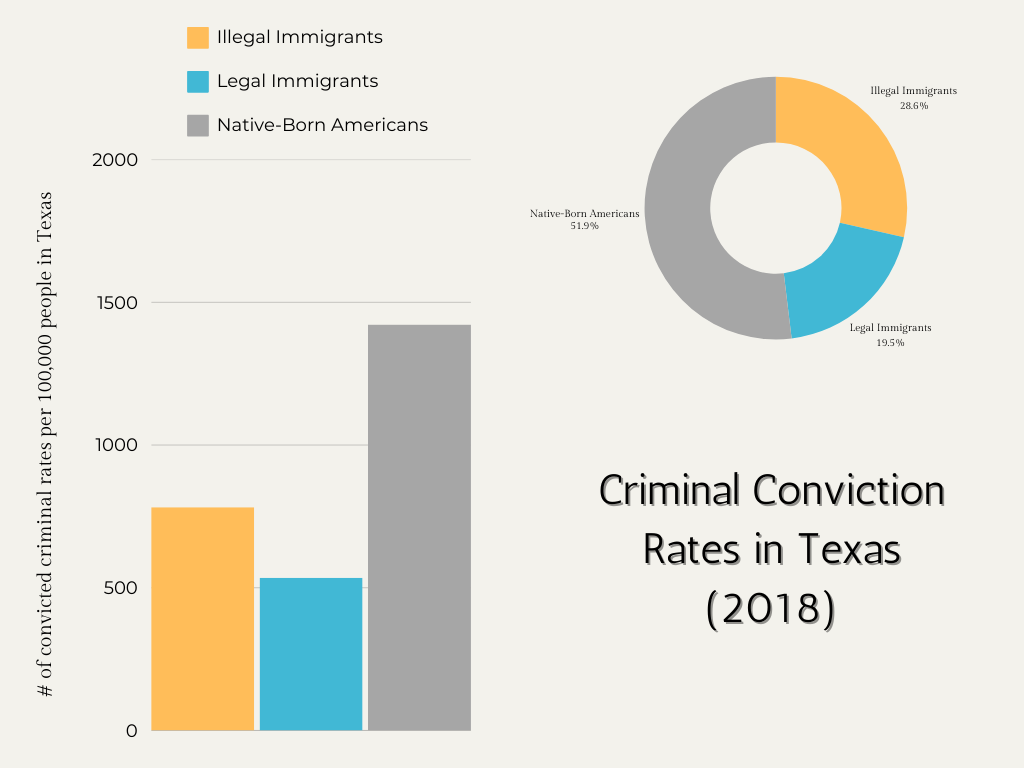Fact or Fiction? Debunking Transphobic Myths
December 16, 2022
Recently, trans rights have been an extremely hot button issue. Everyone has an opinion and everyone has something to say. Between arguments about bathroom use, pronouns and neo-pronouns alike being questioned on validity, and unqualified politicians making decisions about medical transition, it seems like every corner of trans space is filled to the brim with claims made by uninformed cis people trying to make decisions for and about the trans community. Unfortunately, many of the arguments against trans rights are filled with myths, inaccuracies, and straw men. This article will review and debunk three of the most common fallacies when talking about trans rights.
Myth #1: ‘They’ is not a grammatically correct singular pronoun.
Many people are resistant to the idea of using they/them pronouns for a person. They claim that ‘they’ as a singular pronoun is grammatically incorrect. This is often because they are operating on the idea that ‘they’ can only be used as a plural pronoun.
While it is true that ‘they’ can refer to a group of people, it is perfectly acceptable and grammatically correct to use ‘they’ to refer to a single person. Two of the three definitions of ‘they’ in the Cambridge dictionary are “used to refer to a person whose gender is not known or does not need to be mentioned,” and “used to refer to a single person whose gender is not simply male or female.” If a reputable dictionary both acknowledges and defines ‘they’ as a singular pronoun, it should be easy for people to accept that it is, in fact, correct.
Another argument against using ‘they’ as a singular pronoun is not that it is incorrect, but rather that it is a new convention. Brushing over the fact that language, especially the English language, is constantly changing and evolving and that new does not mean wrong in the context of words, ‘they’ has been used as a singular pronoun for over six hundred years.
According to the Oxford English Dictionary, the first use of ‘they’ as a singular pronoun is in a romance, William and the Werewolf, published in 1375. This disproves the idea that ‘they’ as a pronoun for a single person is a new convention. In reality, ‘they’ has been used as a singular pronoun much longer than ‘you’ has been. A blog post by Dennis Baron, a linguist who works for the University of Illinois, points out that ‘you’ was not used as a general singular pronoun until the 17th century.
Not only are they/them pronouns grammatically correct, they have been used for centuries. The issue is not with grammar conventions, but with people who would like to hide their refusal to refer to people how they’d like to be referred to behind a faux academic defense, and perpetuate the idea that ‘they’ is not a singular pronoun.
Myth #2: Transgender women in sports threatens the integrity of the sport.
Some people are resistant to the idea of allowing trans athletes to compete against cis athletes of the same gender. In 2020 alone, 20 different bills aiming to ban trans people from competing in sports were introduced. Those against trans athletes, mainly trans women, claim that trans women have a biological advantage over cis women.
Supposedly, trans women have advantages due to naturally higher levels of testosterone, which, according to the National Institutes of Health, “is thought to regulate … bone mass, fat distribution, muscle mass and strength, and the production of red blood cells.” However, many people fail to realize that when trans women undergo hormone replacement therapy, as is a requirement for most trans women in sports, all of these effects of testosterone reverse, as they no longer have sufficient levels of testosterone to create these traits.
Even Dr. Joshua D. Safer, executive director of the Mount Sinai Center for Transgender Medicine and Surgery says, “A person’s genetic make-up and internal and external reproductive anatomy are not useful indicators of athletic performance.”
In an article for the ACLU, a legal group dedicated to fighting for equal rights for everyone, Gabriel Arkles and Chase Strangio, Former Senior Counsel on the Transgender Legal Defense and Education Fund and Deputy Director for Transgender Justice respectively, write about a young woman whose case is being handled by the ACLU.
Andraya Yearwood, a transgender student runner from Connecticut, has had her achievements as a high school track athlete publicly challenged by a group of cis girls that competed against her. These same girls that claim Yearwood has a biological advantage over them have consistently scored the same or better than her in previous competitions. This can only mean one of two things. Either Yearwood has no advantage over other competitors, making the girls’ claims false, or this group of girls also has an unfair advantage over the rest of the competitors. In which case, why is the advantage the trans girl supposedly has unacceptable, when the advantage the cis girls have is perfectly fine?
In the aforementioned article, Arkle and Strangio assert that, “Excluding women who are trans hurts all women. It invites gender policing that could subject any woman to invasive tests or accusations of being “too masculine” or “too good” at their sport to be a “real” woman.” Allowing trans women to be policed based on perceived advantages opens the door for all women to be policed. It allows for opportunity to invalidate and accuse women, trans and cis alike, of cheating by sheer nature of being themselves.
Myth #3: Children are being influenced into being transgender by current culture.
Another common talking point is the idea that children and young teens are identifying as trans due to current political climates and culture. This idea mainly comes from the fact that until recently, ‘transgender’ was not a word in the common vernacular. Because of this, trans people often flew under the radar.
Jules Gill-Peterson, a historian working for the University of Pittsburgh, found records of many different young trans people, who were able to live their lives and transition in peace. She was able to find evidence of two separate girls in the 1940s, a teen and a young child, two more teen girls in the late 60s, and in the early 70s, a doctor who set out to learn how to perform gender affirming care, even referring a young boy for top surgery.
These people were not influenced by popular culture. They were not participating in a trend. They were living their lives as truthfully as they could, and trans youth today are simply trying to do the same.
This phenomenon of people assuming that trans people are a contemporary occurrence due to recent heightened awareness calls to mind a similar situation with left handedness. If you look at numbers of the amount of people that are left handed, you will see a sharp uptick followed by a consistent plateau. There were always the same amount of left handed people in the population, but for a period of time, children who wrote with their left hand were harshly punished. When this practice ended, the number of left handed people skyrocketed. Not because people were suddenly becoming left handed, but because it stopped being dangerous to show this trait.
In Conclusion
Singular they pronouns have both historical precedent and grammatical fidelity. Trans women are not a threat to women’s sports. Trans people, youth included, have been around forever. These statements are unequivocally true, despite what anti-trans advocates would have you believe. Don’t allow falsified narratives to cloud your opinions on the rights of your peers.






































































